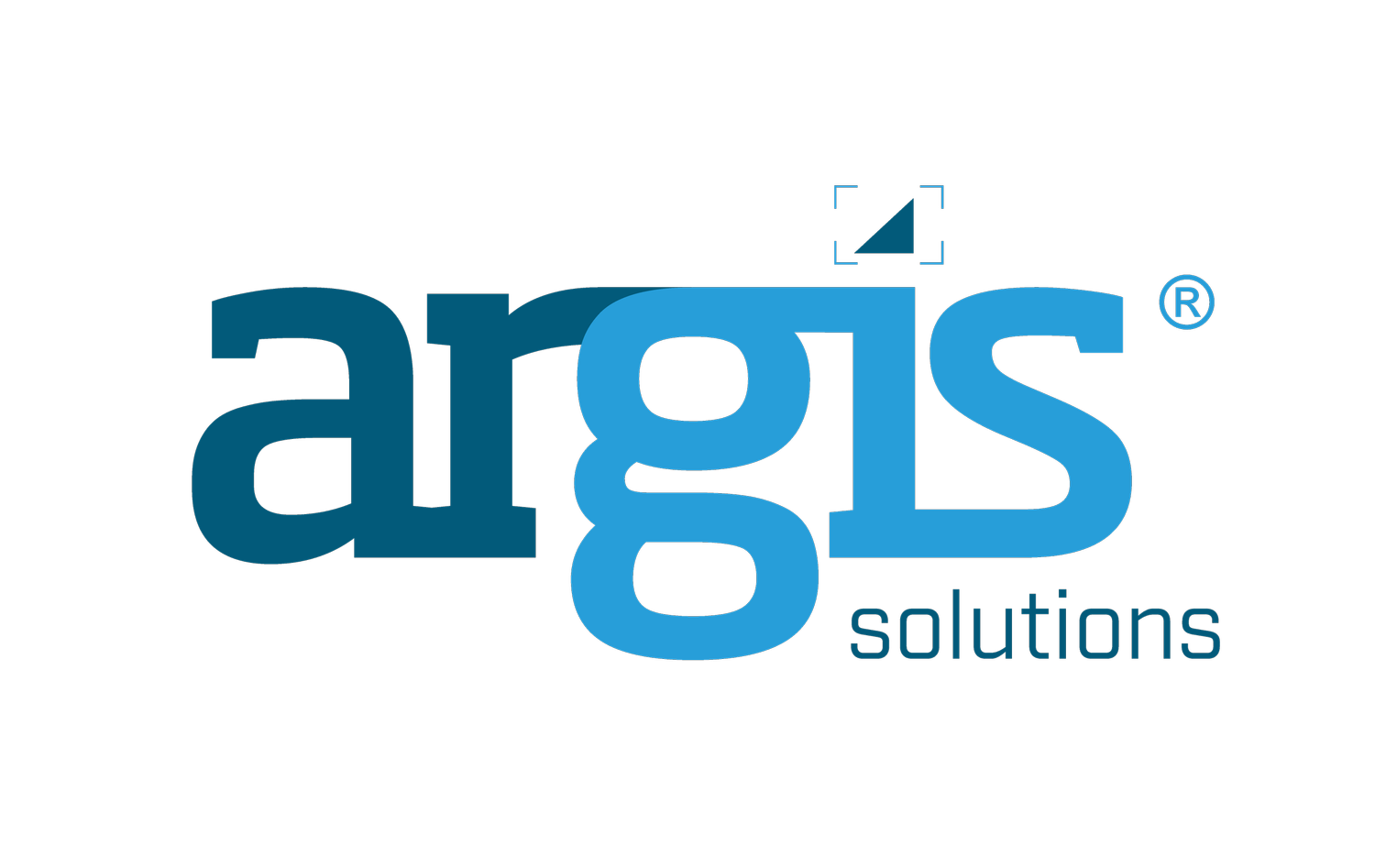Recent CO811 Changes: Improving Excavation and Digging Safety in Colorado
Utility Notification Center of Colorado, CO811, an organization created to protect the underground infrastructure of the state and promote excavation and digging safety, has changes in effect for 2019.
Electric lines, gas lines, cable lines, fluid pipelines—all are part of the complex underground world CO811 manages in partnership with utility owners. The CO811 call center is the point of contact for anyone who wishes to dig near or on public property. Anyone can call and request that underground assets be marked, a necessary step for any construction or maintenance project involving excavation.
The 811 Process
Once CO811 is notified, notifications are sent out to utility owners who might have underground utilities in the area. Then locators hired by each utility company come out and use different methods (mostly radio detection wands) to mark with either spray paint or flags where these underground assets are situated. This is a vital-- no one wants to accidentally hit a power line or a gas line. The Heather Gardens gas explosion in Aurora in November 2018 demonstrates the tragic outcome that can occur during an accidental pipeline strike. This gas explosion, caused by workers striking a gas line while digging underground pathways, killed an 82 year-old woman who was a resident of the Heather Gardens senior community.
Federal Government Reviews Damage Prevention Procedures
Accidents in the past have prompted the federal government to take a closer look at damage prevention procedures. According to a 2016 report on the protocols surrounding the Utility Notification Center of Colorado:
“The United States Department of Transportation’s Pipeline and Hazardous Materials Safety Administration (PHMSA) conducted an adequacy evaluation of Colorado’s enforcement of its excavation damage prevention law, and determined that the enforcement is inadequate, which may eventually result in the withholding of federal funds from Colorado.”
No doubt there is room for improvement and without some changes, funding is on the line.
Colorado’s Legislative Changes in 2018
Colorado took action in 2018 to address these issues with Senate Bill 18-167. On May 25 of 2018, Governor Hickenlooper signed Senate Bill 18-167 into law that created a new commission, changed things up for Tier Two members, and changed things for Home Rule cities.
Effective August 8, 2018, the Underground Damage Prevention Safety Commission was given the authority to review complaints and fine for infractions as defined by the new One Call law. This is new. Until now Colorado has not had the authority to fine anybody. This will hopefully incentivize utility owners, locators and diggers to pay better attention to safety protocols. The commission will also have the ability to review complaints.
What does this bill mean for Tier Two members? Tier Two members have until January 1, 2021 to convert their membership status to Tier One and update their underground facility registration with CO811. Conversion is mandatory on January 1, 2019.
What’s different for Home Rule cities such as Aurora or Colorado Springs and the Safety Commission? Home Rule cities can opt out of the safety commission, but if they do then they need to create their own enforcement commissions. These enforcement commissions need to effectively help mitigate the risks involved with digging.
A Safer Colorado
The new bill will help promote excavation and digging safety as well as help to preserve Colorado’s infrastructure. Tier Two members converting to Tier Ones, the creation of the commission, the establishment of a penalty plan, and the ability to review complaints are steps in the right direction to improve the safety and surrounding procedures for all parties involved in the digging process.
If you are GIS manager and want to know how we can assist you in improving your GIS data management, please contact us. Argis Solutions is the leading company for connecting GIS data with augmented reality, and we want to help you.

